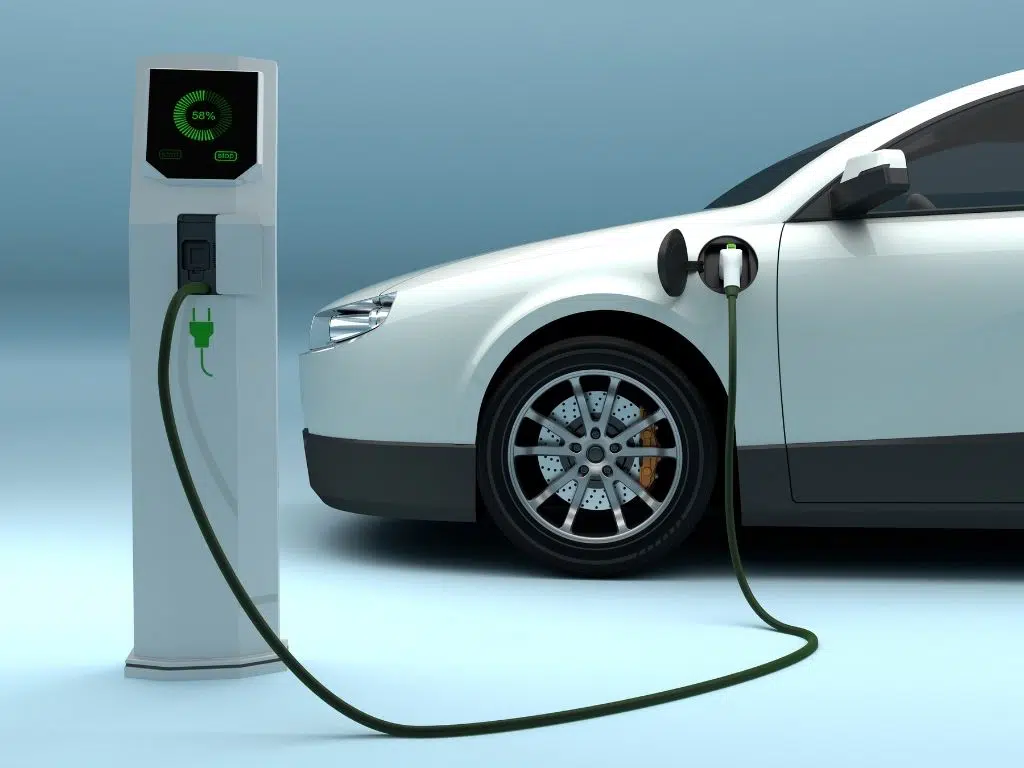What are the Disadvantages and Advantages of Electric Cars?
Electric cars are an alternative to traditional internal combustion engine vehicles and offer an environmentally friendly and sustainable transportation option. However, they also have disadvantages. So, what advantages and disadvantages play an essential role in the preference for electric cars?
It is possible to list the advantages of the electric car as follows:
- Environmental awareness
- A more comfortable driving experience
- Quiet operation
- High performance
- Low fuel cost
- Low maintenance costs
- Long engine life
The disadvantages of the electric car are as follows:
- Limited range
- Long charging time
- Lack of charging stations
- Limited battery life
- High price
Let’s take a more detailed look at how the electric car works and its advantages and disadvantages.
Advantages of Electric Cars
Environmental sensitivity, one of the main advantages of electric vehicles, is due to less or zero emissions. Electric cars, which use electric motors activated by electromagnets instead of internal combustion engines powered by gasoline or diesel, offer an environmentally friendly solution by not emitting exhaust gases.
Electric motors also give vehicles unrivalled features in terms of comfort and performance. Electric cars have fast acceleration. Electric vehicles can accelerate and decelerate very quickly thanks to the rapid acceleration made possible by the instant torque generation of electric motors. Electric cars are one step ahead of traditional vehicles with their high performance while operating quietly and providing a driving experience in unparalleled comfort.
One of the features of electric cars that enhance the driving experience is their low centre of gravity. The secret of the low centre of gravity lies in positioning the batteries under the vehicle. Thanks to this feature, electric cars contribute to the driving experience by offering better balance and manageability for drivers.
Cars with internal combustion engines, which have complex structures, have many components such as an exhaust system, clutch lining, gearbox, gas tank, and oil filter. Therefore, it is critical that the vehicle be serviced at regular intervals for proper operation and that all components be reviewed during maintenance. Since the failure of any of these components will directly affect the vehicle’s performance, it is highly unsafe and, in some cases, forbidden to drive without replacement or repair.
How Do Electric Cars Work?
The working principle of electric cars is based on a straightforward system. Electric vehicles, which get all the power they need to move directly from the battery, do not have most evenings found in gasoline and diesel vehicles. As a result, the maintenance of electric cars, which are less likely to malfunction, can be carried out efficiently, quickly, and cheaply.
Electric motors’ longer life than internal combustion engines makes electric cars an economical choice. In addition, electric vehicles are advantageous in terms of fuel cost. Compared to the amount of gasoline or diesel fuel used as fuel in traditional vehicles, the charging cost of electric cars saves 75%.
These advantages are the main reasons why electric cars are frequently preferred and increasingly widespread today. However, as with everything else, electric cars have some disadvantages.
Disadvantages of Electric Cars
One of the most significant disadvantages of electric cars is range. Electric vehicles that can travel long distances when fully charged can cause the risk of being stranded when it comes to finding a charging station. To eliminate this risk, the route should be well planned before embarking on a long journey, and a route should be determined according to the location of the charging stations. Considering the number of charging stations in today’s conditions, the places that can be visited with an electric car may be limited. Hybrid vehicles are slightly more advantageous in this regard.
Another disadvantage of charging is the length of charging times. It is possible to charge electric cars even when using domestic electricity. However, this may require more than 24 hours. On the other hand, chargers at stations allow the electric car battery to be charged in shorter periods. In particular, the increasingly widespread so-called level 3 fast-charging filling stations make it possible to charge the batteries of electric cars by 80% in about 30 to 40 minutes. Of course, compared to the refuelling times of conventional vehicles, this time is a minus point for electric cars.
We have already mentioned that electric car engines last longer. When it comes to battery life, the situation is reversed. Electric car batteries have a limited lifespan. Batteries whose performance weakens and life is exhausted cannot be repaired. In this case, battery replacement is the only thing that needs to be done. Therefore, those who use electric cars may face additional costs due to battery replacement.
High prices are at the top of the list of disadvantages that make it challenging to buy an electric car. Especially with the impact of battery costs and complex production processes, electric car prices can be higher than traditional cars.
When looking at electric car disadvantages, it can be noticed at first that the battery and charging elements directly related to the battery stand out. However, electric car manufacturer brands are in a fast race to find solutions to these problems in light of rapidly developing technology.
This rapid development can be observed when comparing the features of electric cars when they first appeared on the market with the features of the models produced today.
With the development of the sector, where many world-renowned brands direct their future investments and where there is fierce competition, electric cars are expected to eliminate all these disadvantages in the not-too-distant future. Consequently, electric car models are among the primary choices of those who want to invest in the future and multiply their driving experience by taking advantage of unique advantages.






